#Belle Époque dress
Text

1908 (November) Les Modes - Le Thé Chinbara by Gabriel Nicolet. From gallica.bnf.fr 1438X1896.
23 notes
·
View notes
Photo


Mme Chamas, 66 Rue des Petits Champs, Paris
day dress
France, 1890-1892
451 notes
·
View notes
Text
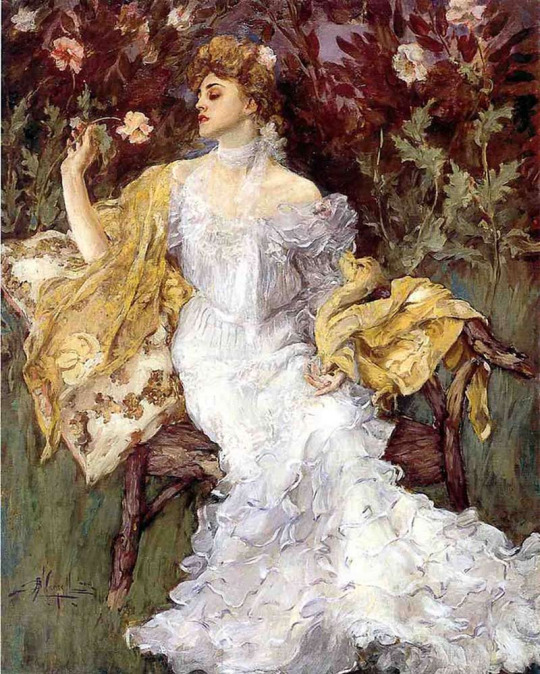
Albert Beck Wenzell (American, 1864 - 1917) • A Gift from the Garden • 1904
#art#painting#women in white#albert beck wenzell#Belle Époque#gilded age#american artist#illustration#american illustrator#la robe blanche blog#white dress#artwork#artist
64 notes
·
View notes
Text
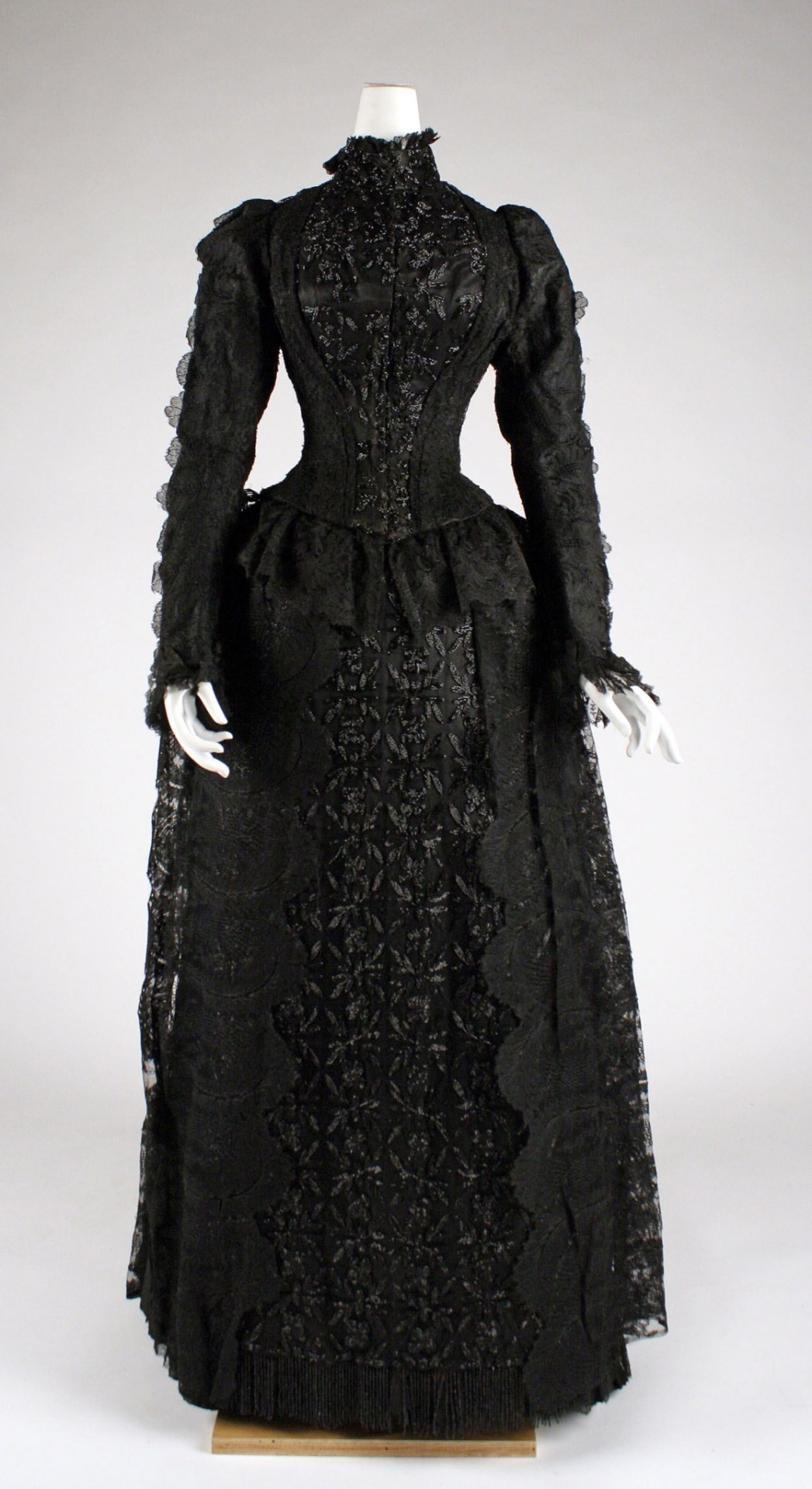

Black Evening Dress, 1887-1889, French.
Met Museum.
#met museum#19th century#silk#dress#womenswear#france#french#1880s#black#evening dress#1887#1888#1889#third republic#Belle Époque#extant garments#1880s usa#evening#1880s evening#1880s dress
32 notes
·
View notes
Photo

Pierrots & Pierrettes Fin de Siécle, Paris, c. 1890s
#Belle Époque#La Belle Époque#1890s#19th century#paris#france#europe#watecolor#historical fashion#women#men#children#boys#girls#pierrot#pierrette#clowns#commedia dell'arte#families#fancy dress#costumes
30 notes
·
View notes
Text

I think using hook-and-eye tape for this bodice lining (which won't even be seen from the outside) might just be the best decision I've ever made in my LIFE. (I'm notorious for having to pin things closed at events because I ran out of time to put actual closures on. 😬😂)
#Sewing#Belle Époque ball gown#Is it historically accurate?#Ehhhh... Not EXACTLY?#But I'm calling it close enough for the inside of the dress
8 notes
·
View notes
Text
currently in the trenches trying to make some historical characters in dress-up games
#''belle epoque fashion dress up game'' i don't know what time period this looks like but it is NOT la belle époque!!#parts of it are vaguely edwardian and that's all..!
3 notes
·
View notes
Text
Gonna defend Olivia Rodrigo here and say that I am fairly certain her look is a reference to silent movie actresses of the 1890s/1900s and thus is on theme
#Not everything has to be a bustle#It might be more belle époque but her hair n the slippiness of the dress remind me of some very early films
4 notes
·
View notes
Text

Cléo de Mérode in dance dress, Photo by Leopold Reutlinger, Paris, France, 1901.
Cléopatra Diane de Mérode (French, 1875-1966) was a dancer of the Belle Époque era.
#cleo de merode#dance dress#1901#leopold reutlinger#reutlinger#paris#1900s paris#costume#1900s costumes#stage attire#pearls#long neck#belle epoque#la belle epoque#art nouveau#art nouveau style#art nouveau fashion#art#french art#dancer#Cléopatra Diane de Mérode#Cléo de Mérode#1900s dancers#beauty#great beauty#my edits#edits
482 notes
·
View notes
Text
Etiquette of the Edwardian Era and La Belle Époque: Tea

This is a new set of posts focusing on the period of time stretching from the late 19th century to the early 20th Century right up to the start of WWI. I'll be going through different aspects of life. This series can be linked to my Great House series as well as my Season post and Debutant post.
Today will be focusing on the rules of tea with this time period.
Tea was a staple in society, not only as a comforting beverage but as a social gathering beset by strict rules. Etiquette at tea is not only important for guests but is a sign of respect to one's host.
High Tea vs Afternoon Tea
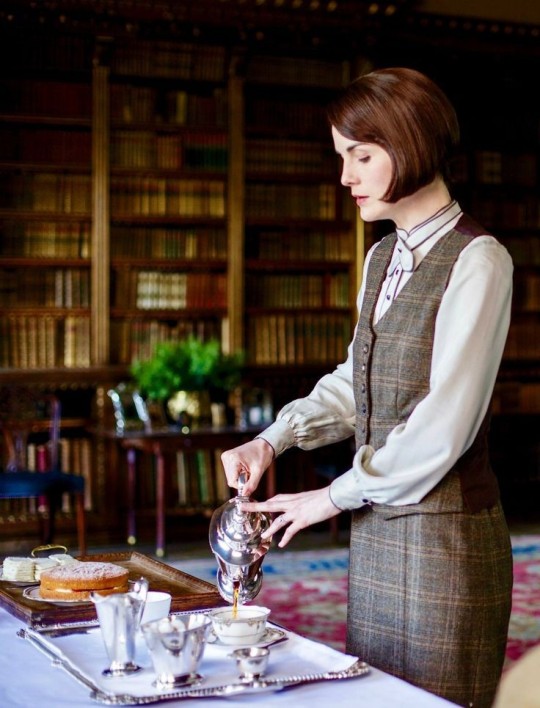
You're reading both terms and you're thinking high tea is the formal version and afternoon is informal. In fact, no. It is the opposite. High tea was actually served far later, about 6pm/7pm and focused on more savoury, substantial dishes. High tea was more of a lower class tradition, designed to fill the stomachs of hungry workers. The word "high" is derived from the tall tables used. Afternoon tea is served at 4pm, designed to fill the gap between lunch and dinner. Afternoon tea is served at low tables with all the guests seated and involve a lighter meal, more nibbles than anything.
Hosting and Attending Tea
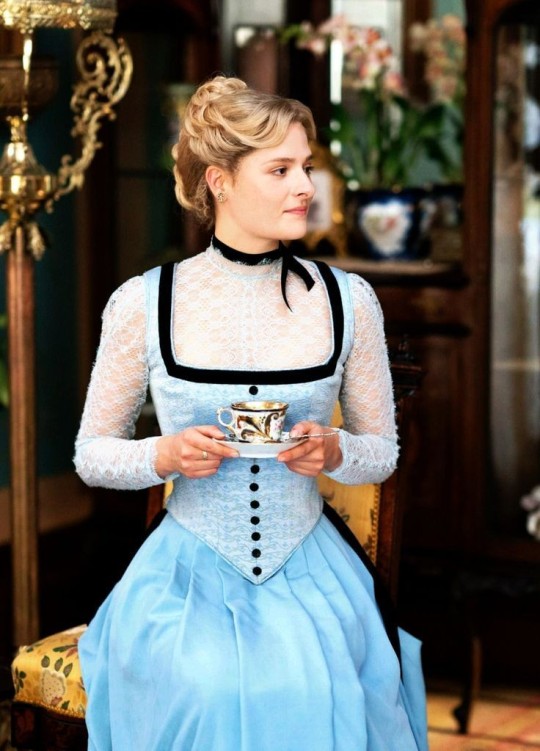
Tea is an event that happens every day, it's not an excuse for a snack, it's a ritual. One can have tea served in one's own home or at the home of a friend. One must be invited to tea, one can't just show up and expect to get fed. Tea was typically served in libraries or drawing rooms and done times outside in the gardens if weather permits. One had to dress for tea usually in comfortable but appropriate clothing. Men would wear suits, women would wear tea gowns or a simple gown - keeping their hats upon their head, if they are visiting. Tea was not poured by the footman but by the host or if it is a large party, by one assigned guest. The hostess or designated tea pourer would serve themselves last.
The Tea Set

Tea sets are highly coveted and much remarked upon at tea. One would usually inherit a service (that's what the collection was called) or be gifted it at one's wedding. Services would all match and most households had different kinds, the best usually reserved for important guests.
Teapot: the tea pot held the hot water and tea leaves was was usually made of china and decorated.
Cups: the cups were generally low, shallow.
Saucer: a small plate for the cup to rest on
Tea cannister: where dried tea leaves would rest until needed.
Sugar bowl: was a small container made of china with a cover to protect the sugar from moisture.
Milk jug: a container for the milk
Slop basin: was a porcelain dish used for disposing tea leaves left behind with the dregs of tea.
Tea spoon: small spoon used to stir tea
Side Plate: small serving plate used for food.
As you might have noticed, other than a tea spoon, cutlery is not listed. There would be a spoon for jam and a knife for a scone, most food was designed to be eaten with one's hands.
There is also one instrument not listed here and it's the most recognisable thing at afternoon tea.
The Tiered Tray

The tiered tray is a set of trays stacked upon one another holding on each one, a different course. Sandwiches and savouries were served on the bottom (Favourites include smoked salmon, cucumber, cress, egg salad sandwiches), scones on the second and sweeter delights served on the top (sponge cake, macaroons, pastries etc). One would begin ay the bottom and work one's way upward.
Making the Perfect Cup of Tea in the Edwardian Era/Belle Epoque/Gilded Age
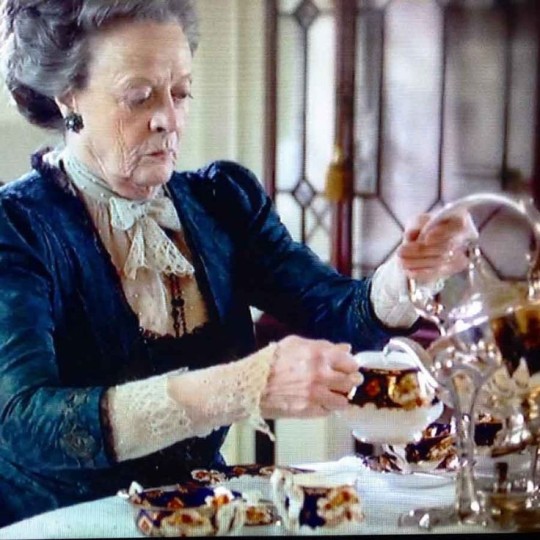
Disclaimers: Let's make one thing clear. Tea is not prepared one way for all. Tea is culturally important across the world and every culture has their own rules about how tea is consumed and served. There's no one right way.
I will be discussing the English way of brewing tea in this post.
As mentioned before, tea is held in a cannister before use. Tea leaves were added to the hot water and lightly stirred.
Controversially for most people, milk was commonly added first.
One would then set a strainer in one's cup, tilting the pot. The strainer will catch the leaves and leave your cup almost tea-pulp free.
With the tea added, one could add in sugar. The trick is not to make a show about it or be too loud. One simply should gently turn your spoon from the 6 o'clock position to the 12 o'clock position. Also, the spoon rests on the saucer when not in use and doesn't stay in your cup.
When drinking your tea, put your pinky down. That's an American myth. Simply lift your cup to you, lifting the cup to your mouth by the handle. Saucers are not lifted unless your cup is far away. Don't slurp it, there's plenty more where that came from.
Etiquette at Tea
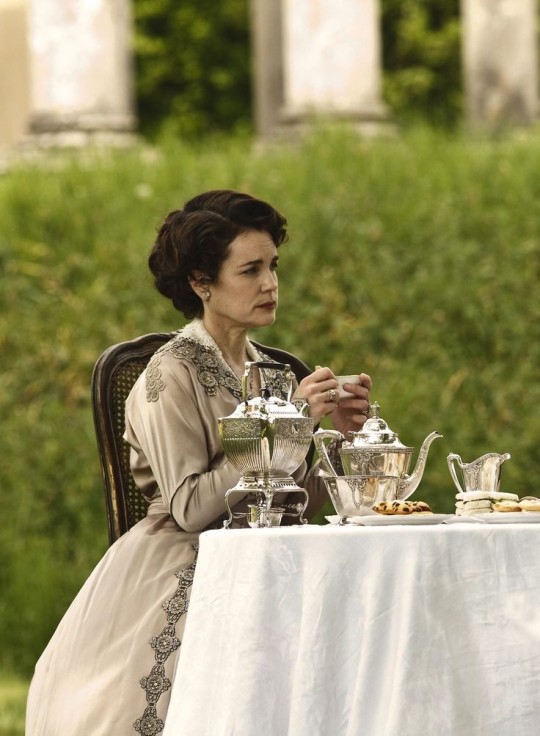
Afternoon tea is for light conversation, do avoid heavy topics.
Listen attentively when being spoken to.
Don't talk with your mouth full or stuff your mouth. Typically everything should be polished off with 2-3 bites.
Gloves should be removed at tea because one is eating with their fingers.
If one is leaving the table to go to the bathroom or a breath of air, simply turn to your neighbours and excuse yourself. No explanation needed.
Napkins should be removed from the table and set across one's lap when one is sitting down. When finished with tea, set it beside your plate before you rise.
Also you daub, not smear.
Don't cut your scone but break it.
Don't lick your fingers.
Don't bang the spoon on the side of the cup.
Also there's no dunking biscuits into your tea. It's just not done at afternoon tea.
Never thank the staff for fetching anything - or at very least, don't be overhead doing so.
Always say your goodbyes to the hostess and compliment the tea, even if you had a rubbish time.
Also most importantly, never criticise somebody else's manners. That's the height of rudeness.
#Etiquette of the Edwardian Era and La Belle Epoque#Tea#Afternoon tea#High tea#Tea party#Edwardian Era#Gilded age#Belle Epoque#writing resources#writing reference#writing advice#ask answered questions#writing advice writing resources#writers#writeblr#writing#writing research#Writing resources writing reference#Writing reference writing advice#Writing advice writing reference#Fantasy guide
720 notes
·
View notes
Text

1908 (September) Les Modes - Robe d'interieur par Paquin - photo by Reutlinger. From gallica.bnf.fr; fixed spots & flaws w Pshop 1386X2081.
#1908 fashion#1900s fashion#Belle Époque fashion#Edwardian fashion#Paquin#Reutlinger#house dress#headband#pouter pigeon bodice#coat#three-quarter length sleeves#flared sleeves
429 notes
·
View notes
Text
Montmartre hosted a pretty raucous nightlife, centered around nightclubs like the Moulin Rouge, which opened in October 1889. The cabaret was the birthplace of the can-can, a high-kicking dance that was scandalous because it exposed what women were — or weren’t — wearing under their dresses. This is Georges Seurat’s depiction of it:
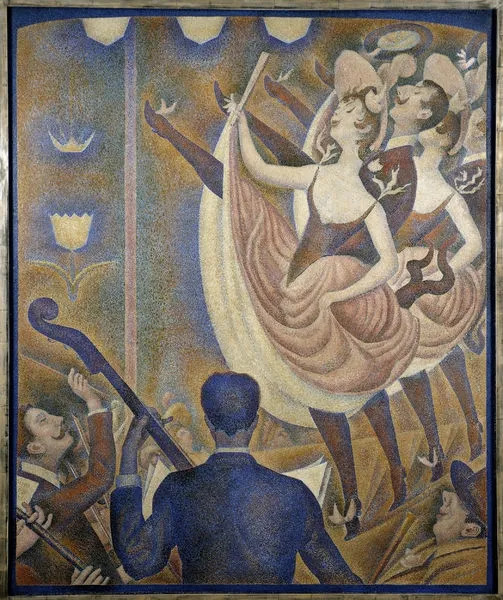
Jules Chéret and Henri Toulouse-Lautrec made the place famous with their exuberant posters advertising the venue’s shows. Here’s one of Chéret’s from 1889, showing dancers whose dresses leave little to the imagination:
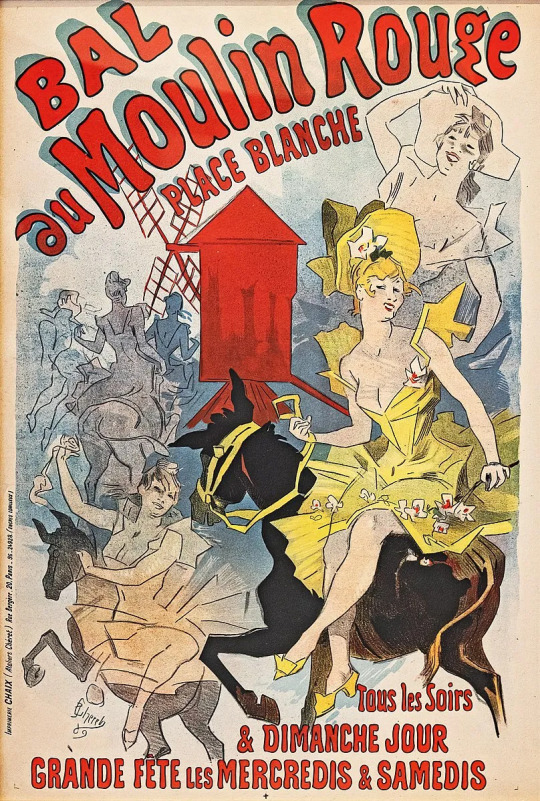
{Buy me a coffee} {WHF} {Medium} {Looking Through the Past}
Much more on Montmartre -- including the famous dancer nicknamed "the Glutton" -- here:
69 notes
·
View notes
Text
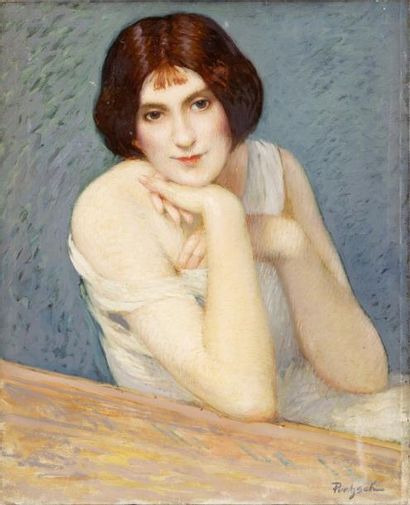
Gustave Poetzsch (Swiss, 1870-1950)
#art#painting#art history#gustave poetzsch#swiss artist#belle époque#portrait#female portrait#women in white#the white dress#artist#painter#women in artworks#early 20th century european art#pagan sphinx art blog#art blog#art lovers
19 notes
·
View notes
Text

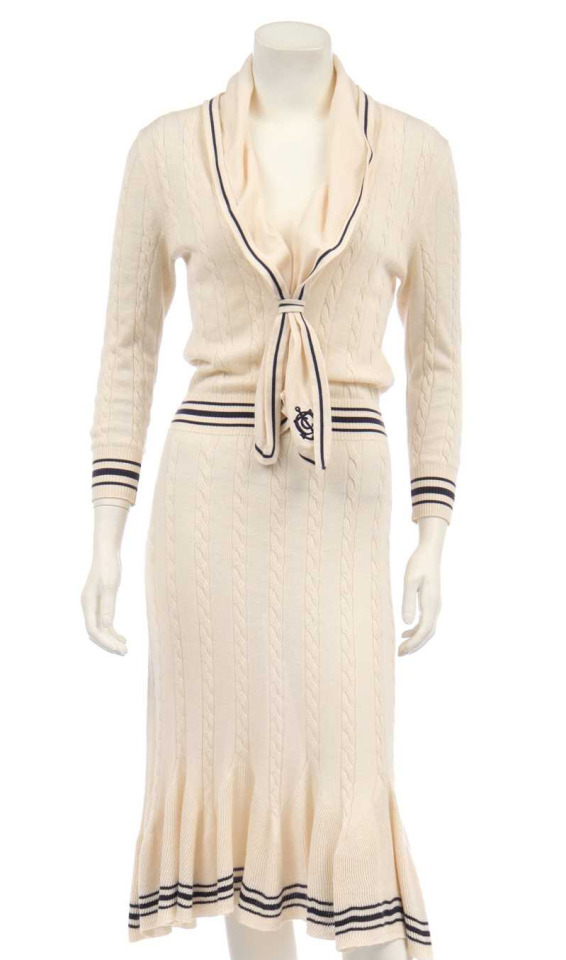
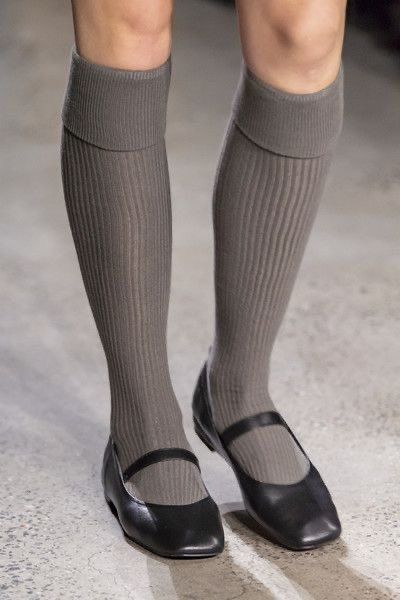

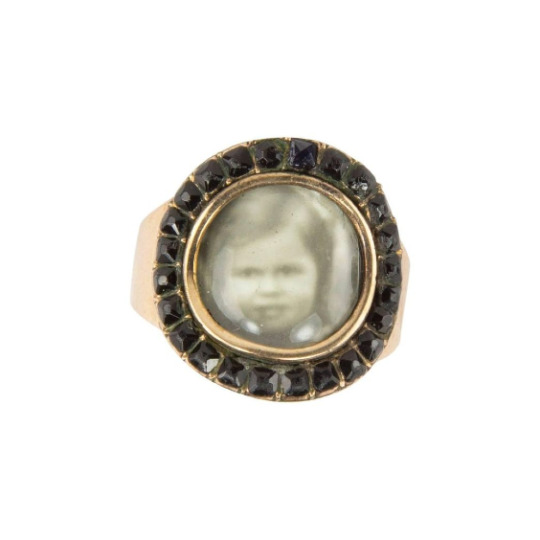

look for the name: SUSAN
@kittencuddleclub
alexander mcqueen by sarah burton cable-knit ivory cashmere and cotton "sailor" dress w/ navy nautical bands and embroidered "mcq" anchors to the neck ties
concept korea black leather mary janes
vivienne westwood "venus" grey wool beret, c. 198o's
maybelline "lash-brow-ine" mascara, c. 1915
belle époque-era mourning ring w/ an antique photo portrait of a young girl fitted perfectly inside; set in rose gold and bordered with 24 jet stones
#susan#name#old-soul name#request#outfit#hope you like !#kittencuddleclub#grey#blue#navy#vintage#antique#hat#mascara#makeup#jewellery#ring#concept korea#footwear#alexander mcqueen#sailor#vivienne westwood#maybelline#198o's#191o's#belle époque#queue
110 notes
·
View notes
Text

Get it bestie, hit them with that swirl! 🦋 we going through the Belle Époque Era with this one! ✨️
I was able to complete some progress for my job, and I immediately started drawing this as a reward for myself. February 14th, ya'll, make sure to mark your calendars! Take care and dress up your P (or "Carlo") for that day ❤️
#lies of p#lies of p fanart#lies of p pinocchio#doodle#pinocchio#fanart#wo long: fallen dynasty#very excited#going through NG+5 with this one#screaming#barkbarkbarkbarkbark#spinspinspinspinspinspinspin
61 notes
·
View notes
Text
Why I hedcanon Phil as goth .
Fist he deserves it slayyyy and also I wanted the older feel for him you know being immortal an all.
And since I gave missa a Pinterest board an explanation I will do the same for phil.(also he's British)
Missa dose his make up these days.(lots of kisses)
(why is there an image? there is a lot of variations of goth)
Goth is driven by music that originated in the UK during the early 1980s. Was spread by fans of gothic rock, a branch off of post-punk music genre. Post-punk artists who presaged the gothic rock genre and helped develop and shape everything are Siouxsie and the Banshees, Bauhaus, the Cure, and Joy Division.
Fashion is based off of 19th-century Gothic fiction and from horror films. The scene is centered on music festivals, nightclubs, and organized meetings. The subculture has associated tastes in music, aesthetics, and fashion.
The genres goths listen to are gothic rock, death rock, cold wave, dark wave, and ethereal wave.[1 The Gothic fashion style draws influences from punk, new wave, New Romantic fashion and the dressing styles of earlier periods such as the Victorian, Edwardian, and Belle Époque eras. The style most often includes dark clothes, dark makeup, and black hair.
47 notes
·
View notes